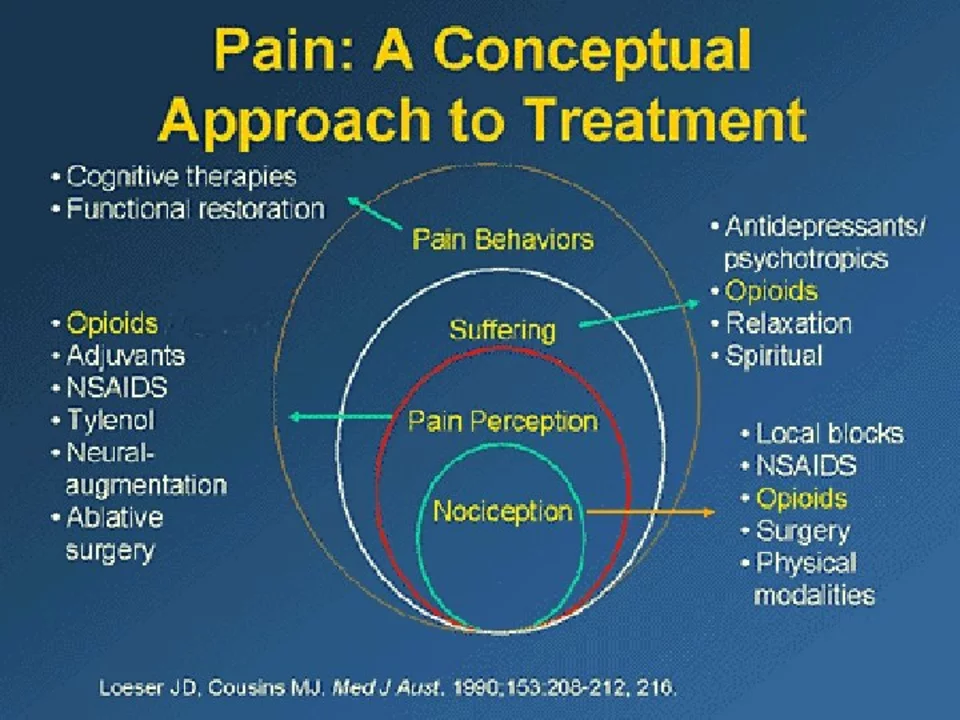Post-Operative Pain: Practical Relief and Safety Tips
Surgery hurts. That’s normal. The goal after surgery is to control pain enough to move, breathe deeply, and sleep so your body can heal. You don’t need a rulebook—just a few clear, practical steps to feel better and avoid complications.
Choosing the Right Pain Medicine
Start with simple options first. Paracetamol (acetaminophen) and ibuprofen are two reliable choices for many types of post-op pain. They work differently in the body, so combining them on a schedule often gives better relief than using either alone. Follow the dosing on the label or your surgeon’s instructions—don’t exceed the max daily dose.
Opioids (like short courses of codeine or oxycodone) may be needed for intense pain in the first days after major surgery. Use them only as prescribed. They relieve pain but cause drowsiness, constipation, and can be addictive. Take the lowest effective dose and plan to stop as soon as pain is manageable with non-opioids.
If you take blood thinners such as warfarin (Coumadin), tell your surgeon before surgery and again when you get prescriptions. Anticoagulants raise bleeding risk and affect when certain pain medicines are safe. The same goes for some antidepressants and herbal supplements—always list your meds to the care team.
Practical Recovery Tips & Red Flags
Simple measures help a lot. Ice the area for short periods to reduce swelling. Keep the wound clean and dry unless told otherwise. Gentle movement and short walks prevent stiffness and lower the chance of blood clots. Deep breathing and coughing (with a pillow held against your belly if needed) reduce lung complications after abdominal or chest surgery.
Watch for warning signs. Call your surgeon or go to urgent care if you get a fever over 38°C (100.4°F), sudden increase in pain, heavy bleeding, spreading redness, pus from the wound, worsening shortness of breath, or new numbness. These could signal infection, bleeding, or other problems that need quick attention.
Be cautious ordering meds online. Use reputable pharmacies or the one your clinic recommends. Make sure prescriptions match what your doctor wrote and check packaging for tampering.
Finally, plan for recovery. Arrange help at home for the first few days if needed. Keep a simple pain log—what you took, when, and how bad the pain was—to share at follow-up visits. That makes it easier for your doctor to adjust treatment safely.
Good pain control helps you move, sleep, and heal. Ask questions, follow instructions, and speak up about side effects or worries. You’ll recover faster when pain is handled safely and smartly.
As a blogger, I recently came across an interesting topic on Methocarbamol and its role in post-operative pain management. Methocarbamol is a muscle relaxant that helps alleviate muscle spasms and pain, making it a useful option for patients recovering from surgery. In my research, I found that this medication can be taken orally or intravenously, depending on the patient's needs and the severity of their pain. It is crucial for patients to discuss this option with their healthcare provider, as Methocarbamol may have potential side effects or interact with other medications they are taking. Overall, Methocarbamol can be an effective tool for managing post-operative pain and promoting a smoother recovery process.

